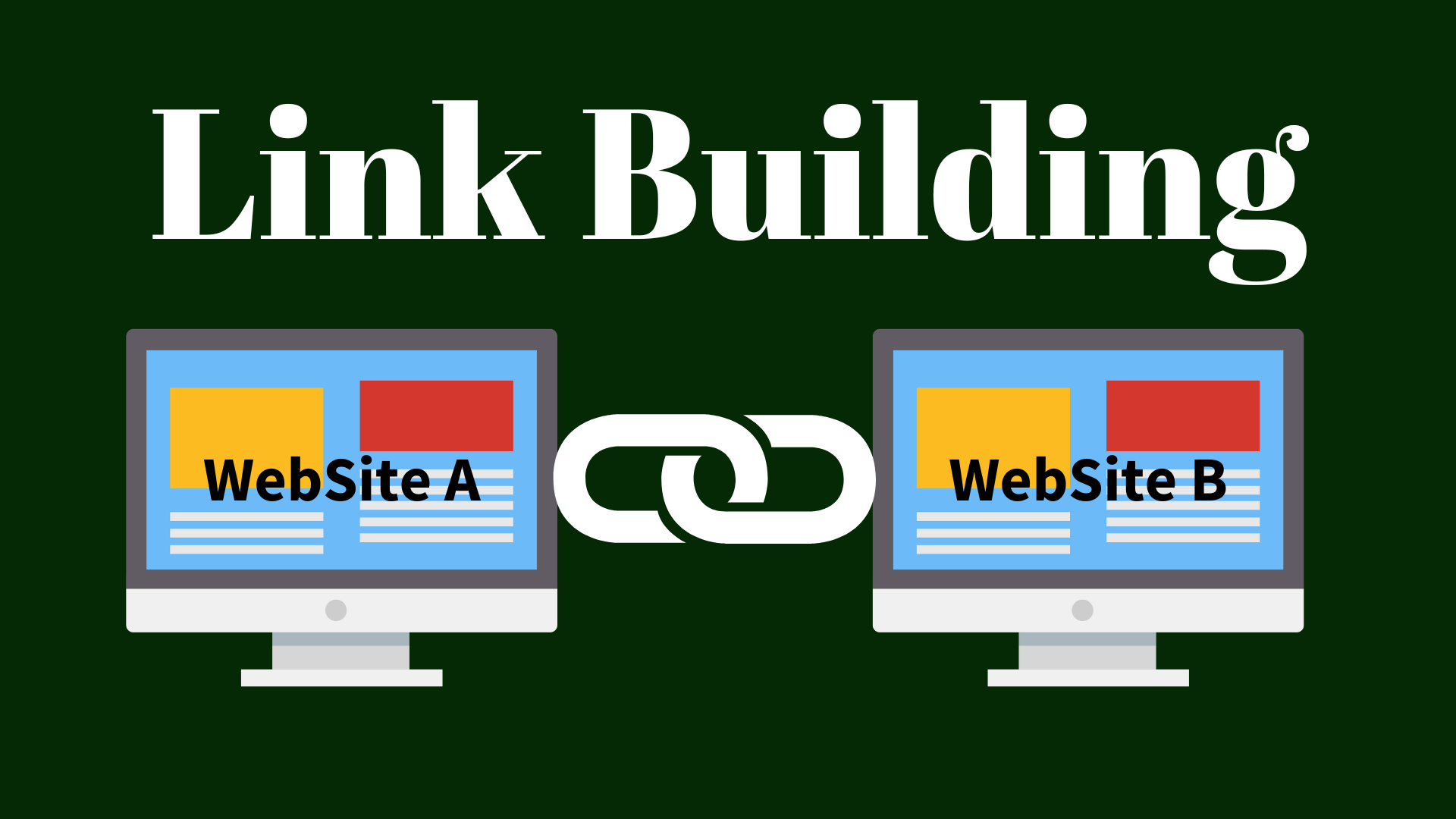Imagine you needed to find a specific product or service online, but there were no URLs to guide you. How would you navigate the vast expanse of the internet without clear directions? Without URLs, the digital landscape would be chaotic, making it nearly impossible to locate the exact information, product, or service you need. URLs serve as the backbone of web navigation, providing precise paths to desired content and ensuring a structured and efficient browsing experience.
Now, consider the importance of not just having URLs, but having well-structured ones. Poorly organized URLs can be as frustrating as having none at all, leading to confusion and inefficiency. In this article, we delve into the anatomy of URLs, why they matter, and how they can be optimized to enhance both user experience and SEO performance. From understanding the basic components of a URL to implementing best practices, we’ll guide you through the essentials of creating effective URL structures that benefit your website and its visitors.
What Is A URL?
A URL (Uniform Resource Locator) is a web address that points to a specific resource on the internet. It acts as the primary means of locating and accessing webpages, images, videos, documents, and other resources hosted online. Think of a URL as the digital equivalent of a physical address, directing users and search engines to the exact location of the desired content.
What Does URL Stand For?
URL stands for Uniform Resource Locator. Before the advent of the World Wide Web, accessing information on the internet was cumbersome and inefficient. This changed in 1991 when Tim Berners-Lee, a British computer scientist, introduced the concept of the URL, or Uniform Resource Locator. Berners-Lee’s invention revolutionized how we access and share information online, laying the foundation for the interconnected digital world we know today. The URL serves as a web address, guiding users to specific locations on the internet with precision and ease.
Each component of this term highlights a critical aspect of its function:
- Uniform: Consistency in the format across different types of resources and services on the internet.
- Resource: The specific content or service being accessed.
- Locator: The function of identifying and pointing to the exact location of the resource.
Why Do URLs Matter?
URLs are vital for several reasons:
- User Experience: A clear and descriptive URL helps users understand the content they can expect before clicking on the link. This transparency builds trust and improves the likelihood of engagement.
- SEO: Search engines use URLs to understand the structure and relevance of your website’s content. A well-optimized URL can improve your search engine rankings.
- Navigation: URLs aid in organizing and categorizing content, making it easier for users and search engines to navigate your site.
- Link Sharing: URLs are often shared across social media, email, and other platforms. A concise, meaningful URL increases the likelihood of sharing and click-through rates.
How Is A URL Structured?
Understanding how a URL is structured is essential for anyone involved in web development, digital marketing, or simply navigating the internet. A URL, or Uniform Resource Locator, serves as the web address that directs browsers to specific resources on the internet. While it might appear as a simple string of text, a URL is composed of several critical components, each serving a distinct function to ensure the seamless retrieval of online content. By breaking down these elements, we can gain a deeper appreciation of how URLs work and how to optimize them for better user experience and search engine performance.
A URL consists of several components, each serving a distinct purpose. Here’s a breakdown of the typical URL structure:
- Scheme
The scheme indicates the protocol used to access the resource. Common schemes include:http: HyperText Transfer Protocolhttps: Secure HyperText Transfer Protocol (encrypted for security)ftp: File Transfer Protocol
Example:
https:// - Subdomain
A subdomain is a prefix to the domain name, used to organize content into distinct sections. It often precedes the main domain name. Example:https://blog.digim8.com - Domain
The domain specifies the website’s address.Example:https://digim8.comIt includes the domain name and the top-level domain (TLD). The domain and the top-level domain (TLD) are two distinct parts of a URL that together form the web address of a site. Understanding the difference between these components is essential for web navigation and SEO.- Domain name:
digim8
The domain, often referred to as the second-level domain (SLD), is the unique name that identifies a website. It is the part of the URL that users typically recognize and remember. For example, in www.example.com, “example” is the domain. The domain is chosen by the website owner and needs to be registered through a domain registrar. - Top-Level Domain (TLD):
.com
The TLD is the suffix at the end of the domain name. It represents the highest level of the domain name system hierarchy. Common TLDs include .com, .org, .net, and country-specific TLDs like .uk for the United Kingdom or .de for Germany. In www.example.com, “.com” is the TLD. TLDs are managed by the Internet Assigned Numbers Authority (IANA) and can indicate the type of organization or geographical location associated with the domain.
- Domain name:
- Subdirectory
A subdirectory follows the domain name and specifies a particular section within the website. It helps organize content into a hierarchical structure, making it easier for both users and search engines to navigate and understand the website’s layout. The path is separated by slashes and can include multiple levels, each representing a different directory or folder.
Example:https://digim8.com/blog - Path
The path indicates the specific resource or page within the website. It follows the domain and is separated by slashes. Example:https://digim8.com/articles/url-structure - Parameters
Parameters provide additional information to the server. They follow a question mark (?) and are composed of key-value pairs separated by ampersands (&). Example:https://example.com/articles/samplepage?id=12345&ref=homepage - Anchor
The anchor (or fragment) directs users to a specific section within a webpage. It follows a hash (#). Example:https://digim8.com/articles/url-structure#best-practices
Best Practices For URL Structure
Optimizing your URL structure is crucial for SEO and user experience. Here are some best practices:
- Keep It Simple and Descriptive
A good URL is easy to read and understand. Use clear, descriptive words that reflect the content of the page. Example:https://digim8.com/contact - Use Keywords Wisely
Incorporate relevant keywords to improve SEO. Ensure they fit naturally within the URL. Example:https://digim8.com/seo-tips-and-tricks - Avoid Special Characters and Excessive Parameters
Special characters and excessive parameters can make URLs complex and difficult to read. Stick to alphanumeric characters and hyphens to separate words. Example:https://digim8.com/product-reviews - Utilize Hyphens, Not Underscores
Hyphens (-) are preferred over underscores (_) as word separators because search engines interpret hyphens as spaces, improving readability. Example:https://digim8.com/digital-marketing - Keep It Short and Consistent
Shorter URLs are more user-friendly and easier to share. Maintain consistency in your URL structure across your site. Example:https://digim8.com/about - Use Lowercase Letters
Stick to lowercase letters to avoid issues with case sensitivity. Mixed or uppercase letters can lead to duplicate content issues. Example:https://digim8.com/about/
Does URL Structure Affect SEO?
URL structure significantly impacts SEO. Here’s how:
1. Keyword Relevance
Incorporating relevant keywords into URLs helps search engines understand the content and context of your page, boosting its relevance for specific search queries.
2. User Experience
Descriptive and readable URLs improve user experience, leading to higher click-through rates and lower bounce rates. Search engines consider user behavior as a ranking factor.
3. Indexing and Crawling
A clear and logical URL structure aids search engine crawlers in indexing your site more efficiently. Well-structured URLs ensure that your content is easily discoverable and accessible.
4. Link Sharing and Social Media
Short, descriptive URLs are more likely to be shared on social media and other platforms. Increased sharing leads to higher visibility and potentially more backlinks, which positively influence SEO.
5. Canonicalization
Proper URL structure helps avoid duplicate content issues. Implementing canonical tags ensures that search engines recognize the primary version of a page, consolidating ranking signals.
Personal Experience with URL Optimization
In my experience managing a variety of websites, optimizing URL structures has consistently yielded positive results. For instance, a client’s e-commerce site struggled with poor search rankings due to overly complex URLs with unnecessary parameters and special characters.
We revamped their URL structure, focusing on simplicity, readability, and keyword inclusion. Here’s an example of a transformation:
Before: https://example.com/product.php?id=123&cat=shoes&color=blue
After: https://example.com/shoes/blue-running-shoes
This change not only improved the site’s SEO but also enhanced the user experience. The new URLs were easier to share, leading to increased traffic from social media and email campaigns. Additionally, we observed a noticeable improvement in search engine rankings for targeted keywords, driving more organic traffic to the site.
Conclusion
Understanding and optimizing URL structures is a fundamental aspect of effective SEO strategy and web management. By adhering to best practices such as keeping URLs simple and descriptive, using relevant keywords, avoiding special characters, and maintaining consistency, you can significantly enhance both user experience and search engine performance.
Incorporating these strategies into your website management routine ensures that your content is easily accessible, shareable, and optimized for search engines, ultimately contributing to the overall success of your digital presence. Whether you’re a seasoned webmaster or new to the field, prioritizing URL structure will undoubtedly pay dividends in the long run.








